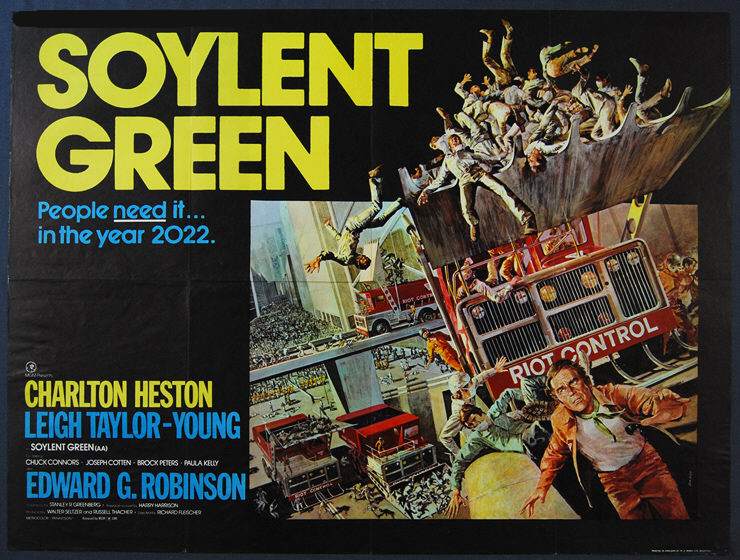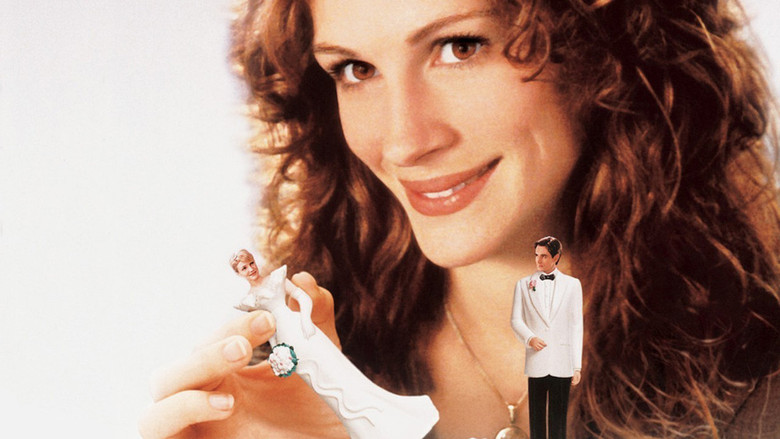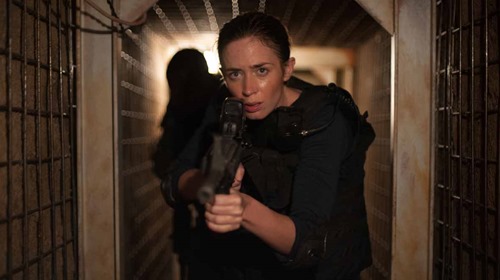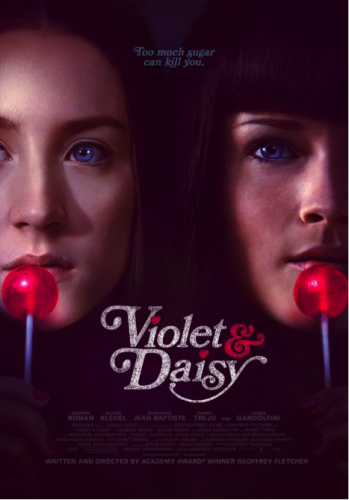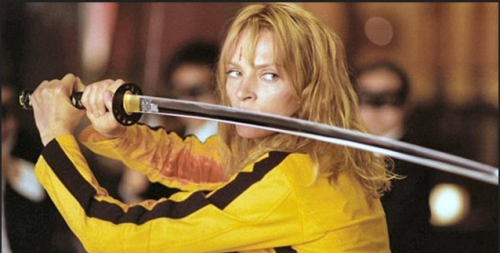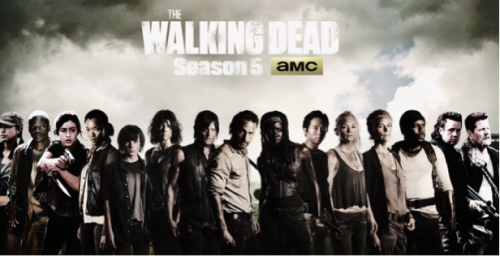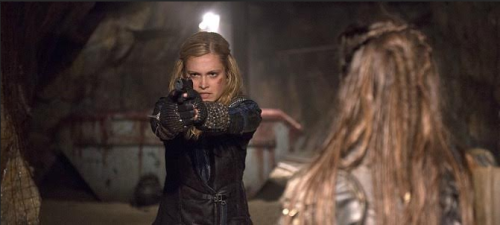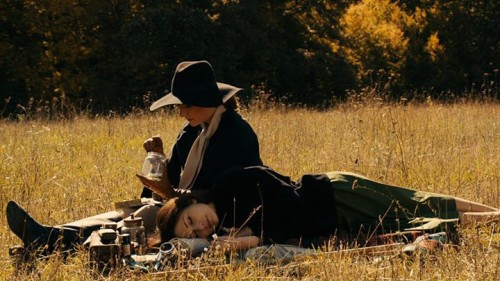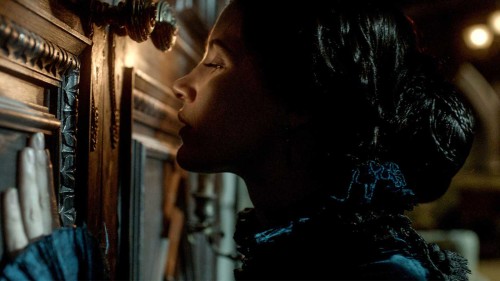Pollution, Energy Crisis and… Sexism? A Feminist Look at the ‘Soylent Green’ Dystopia
The film’s female characters seem to have accepted their fates and although they may not be okay with it, they don’t do much to fight against it. Today, women’s voices are constantly silenced, even (and especially) when conversations and arguments are about our own bodies.
